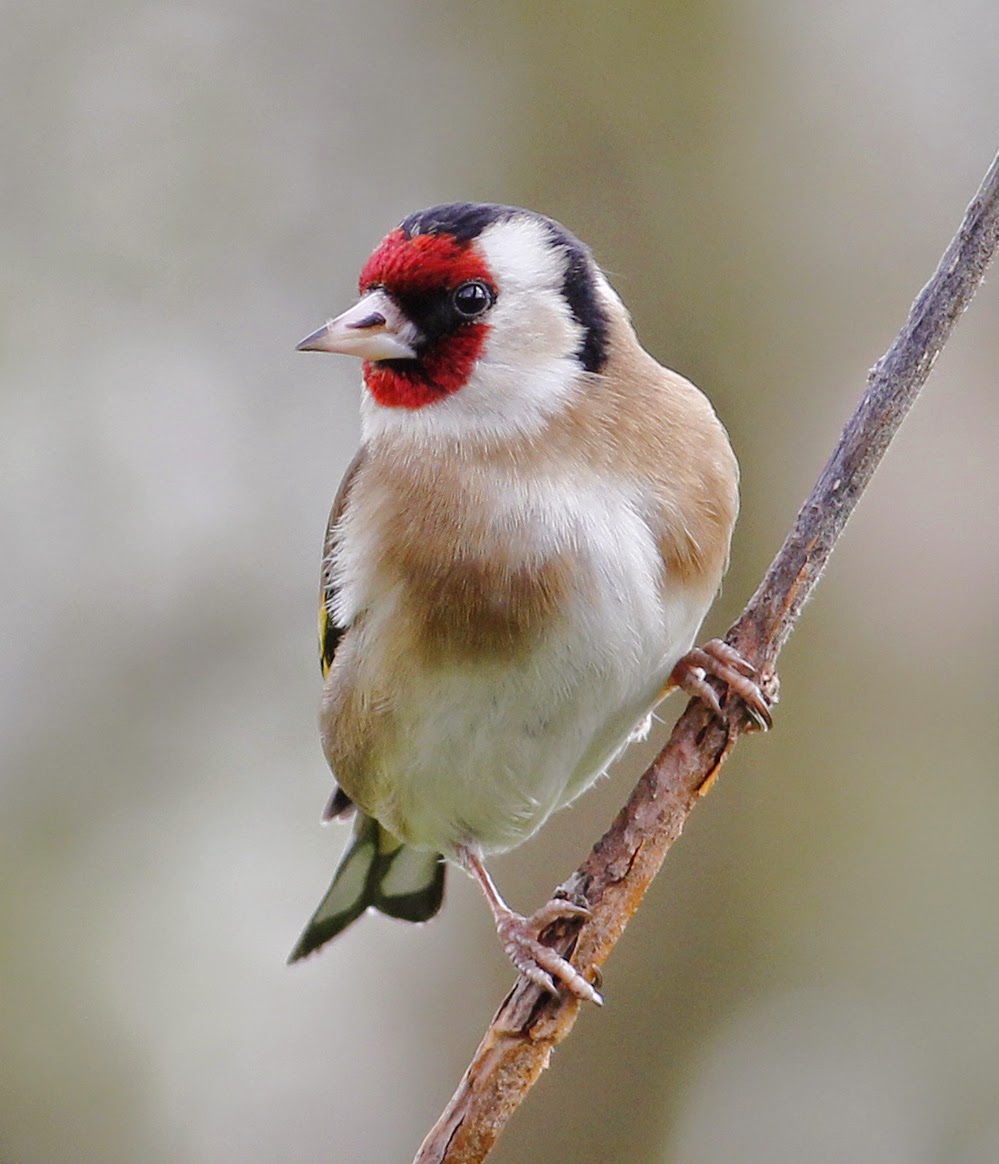Thursday morning brought early frost and mist but nothing like the freezing fog of the day before. So I set off for the hills and Oakenclough to catch up with the ringing I’d missed on Wednesday when Andy clocked up another 27 birds.
There’s a good throughput of birds at the moment and it’s pretty apparent that we are witnessing the beginnings of Spring migration for a number of species, especially of Lesser Redpoll and Chaffinch. Bird migration takes place on a broad front, including inland sites like ours, whereby the previous year’s breeding haunts often receive the earliest migrants keen to grab the best nesting sites. Although migration at coastal sites can be obvious, sometimes dramatic or even spectacular, at inland sites it is generally much less evident.
Today we caught 24 new birds and 5 recaptures. New: 8 Chaffinch, 7 Lesser Redpoll, 3 Dunnock, 2 Great Tit, 2 Blue Tit, 1 Coal Tit and 1 Goldcrest.
Recaptures: 3 Great Tit, 1 Chaffinch and 1 Dunnock.
Missing today were Goldfinches around the feeders which resulted in their first blank on the winter field sheets. Blue Tit, Coal Tit and Great Tit numbers are much reduced as most have moved off site to nest. The resident Dunnocks are sorting out their domestic arrangements with much chasing around hence our catch of 4 individuals today - 2 males and 2 females.
I posted portraits from the morning, birds only - click the pics to see the close-ups.
Dunnock
Chaffinch
Lesser Redpoll
Goldcrest
After each ringing session there’s the data input so the work is far from over.
Ringer's Field Sheet
Birding wise proved pretty quiet with pairs of Mistle Thrush, Great-spotted Woodpecker, Pied Wagtails and Song Thrush much in evidence plus a Jay raiding the bird seed.
Log in soon for more birding, ringing and photography.
Linking today to Anni's Blog and Eileen's Saturday .
Linking today to Anni's Blog and Eileen's Saturday .
















































.jpg)












